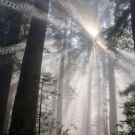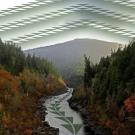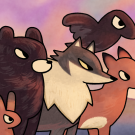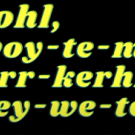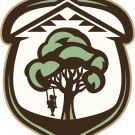Yurok Land and the California State Parks
RI.6.7, WHST.6-8.7, HSS 8.8.2, WL.CM1.N: Interpretive CommunicationThis middle school unit offers teachers a meaningful and engaging opportunity to bring California’s Indigenous history and contemporary partnerships into the classroom through the lens of the Yurok Tribe’s work with California State Parks. Through four thoughtfully designed lessons, students will explore the ancestral and present-day relationship between the Yurok people and the lands now known as Sue-Meg State Park and the Chah-pekw O’ Ket’-toh Visitor Center in Humboldt County. The unit highlights themes of land stewardship, cultural preservation, Yurok language integration, and historical reexamination, and introduces students to the significance of Traditional Ecological Knowledge (TEK) in caring for the land.
